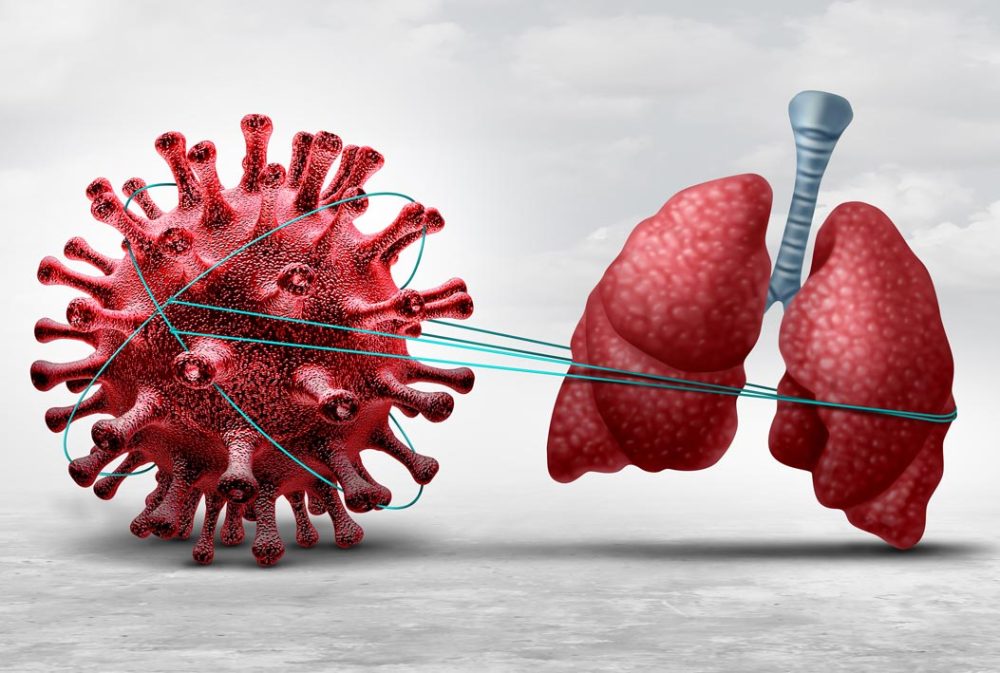Advertisment
New insights on polymicrobial infections in chronic lung diseases

Chronic lung diseases are often accelerated and exacerbated by polymicrobial infections. An international study team led by MedUni Vienna has identified two types of these so-called dysbioses in cystic fibrosis. They display distinct ecology and are also likely to respond differently to treatment. The study was published in the renowned journal Nature Communications.
Chronic lung diseases such as COPD, asthma or cystic fibrosis affect many people worldwide. In 2019, 454.6 million cases were registered worldwide. These diseases display a progressive loss of lung function and are associated with a high mortality rate. Polymicrobial infections of the respiratory tract, in which bacterial communities persist in the lungs for long time, constitute a major risk factor and are difficult to treat. These infections are often associated with recurrent, acute worsening of symptoms (exacerbations, “PEx”), which have a negative impact on the course of the disease.
A recent study led by Stefanie Widder from MedUni Vienna in collaboration with colleagues led by John J. LiPuma from the University of Michigan Medical School Ann Arbor has focused on the characterization of disease-associated bacterial communities (“dysbioses”) in subjects with cystic fibrosis and investigated their ecological networks. The aim was to develop hypotheses that enable the development of more precise treatment strategies for people with chronic lung diseases.
Two different types of dysbiosis
To this end, sputum samples (mucus expectorated from the lung) were collected from people with cystic fibrosis over an extended period of time, sequenced and then analyzed using computational models by Stefanie Widder (Department of Medicine I, Division of Infection Biology, MedUni Vienna). Two antagonistic types of dysbiosis were discovered, which differ fundamentally in their organization: they either form hierarchical or stochastic networks. The structural differences of the microbiota have far-reaching consequences: Based on the sequencing data, it was shown that important pathogens such as Pseudomonas aeruginosa or Staphylococcus aureus only served as drivers of infection if located on top of the microbial hierarchy. In less structured microbiota, they showed more random dynamics, suggesting that they might be less decisive for the course of the infection.
Computer model predicts different responses to treatments
Moreover, the two types of dysbiosis are likely to respond differently to treatments. A simplified computer model that simulated the effect of antimicrobial drugs on pathogens predicted better efficacy with hierarchically organized microbiota. Both aspects are very relevant for patients and their medical care teams: “Our study reveals a data-based, causal relationship between PEx, microbial ecology and treatment success,” explains study leader Stefanie Widder, “the findings form an important basis for further translational research into personalized management of dysbiosis, both in cystic fibrosis and in other obstructive pulmonary diseases.”





